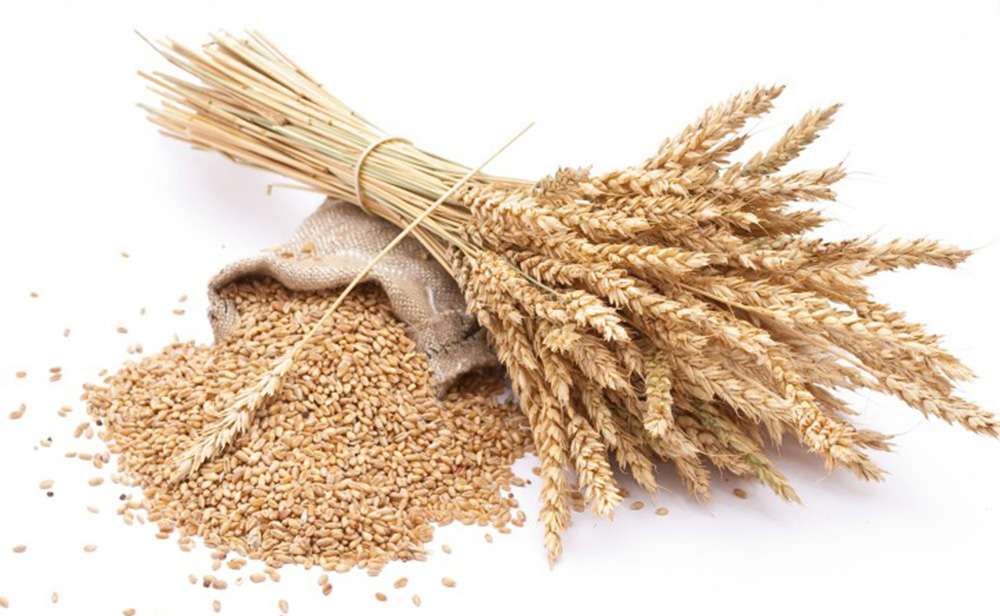10 of the Healthiest Grains You Can Eat
We’ve all seen it and heard it everywhere — whole grains are one of the most important aspects to add to a healthy diet. In fact, if you’re between the ages of 31 and 50, chances are you may not be getting all 3.5 to 7 servings of whole grains that the Whole Grain Council recommends, and with so many different choices out there, you might even think it’s easier just to stick to the whole grain bread and brown rice that you’re already familiar with. What you may not realize is that all of the healthful grains on the market don’t all function the same inside of the body, and you should be eating more of certain grains over others.
In general, whole grains are known for containing more vitamins and minerals, antioxidants, essential fatty acids, and fiber than their over-processed cousins. One Green Planet says that whole grains are also great for fighting cardiovascular disease, cancer, and diabetes while also maintaining good digestive health, but you need to consume a variety of these grains to receive the most positive impact. Here’s a list of the top 10 that benefit the body in more ways than one.
1. Whole rye
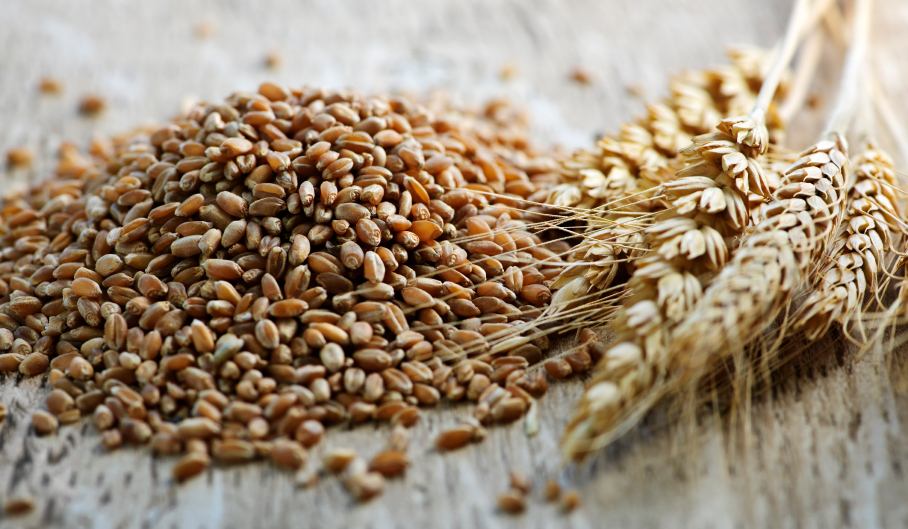
Not only does rye have excellent flavor, but it’s also considered one of the healthiest grains out there. According to The World’s Healthiest Foods, rye is rich in manganese, a memory-boosting mineral that also helps to heal wounds faster. It also has a very high fiber content — a quality that whole grains tend to have, but still worth noting because of the lack of fiber in most men’s diets. The fiber found in rye is particularly rich in noncellulose polysaccharides, or in other words, it makes you feel fuller even faster than the fiber found in typical whole grain bread, and this can aid in weight loss if that’s a goal of yours.
There are more nutrients in a 100-calorie serving of whole rye than many other whole grains. In addition to its high fiber and high manganese content, it’s also great for boosting your daily intake of iron, phosphorous, copper, and magnesium, which can ultimately lead to the prevention of diabetes and heart disease.
2. Buckwheat
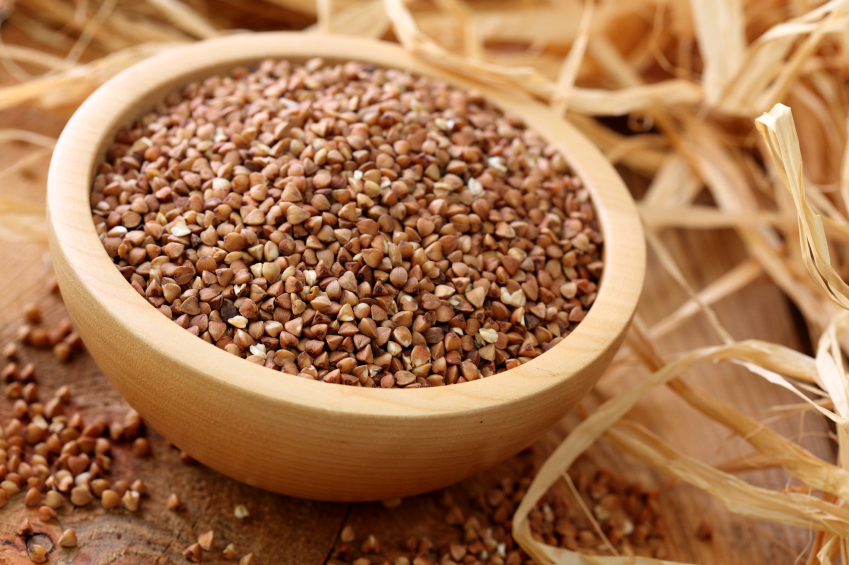
While this “grain” is technically a fruit seed, it’s a great gluten-free alternative — and you can still buy bread and pancake mixes made of it. Care2 describes buckwheat as a highly nourishing and energizing food, as it boasts high protein content and all nine essential amino acids, making it a complete protein. Buckwheat also contains rutin, a compound that is typically extracted from the leaves and used to treat high blood pressure. It can also help manage blood sugar levels and bring them down slower than other grains, making it a good option for diabetics.
Buckwheat is also excellent for digestion, as it helps to clean out the intestines and strengthens them. And, if you’re looking to build muscle, buckwheat has been known to increase appetite, which goes along great with its protein content for muscle growth.
3. Oats
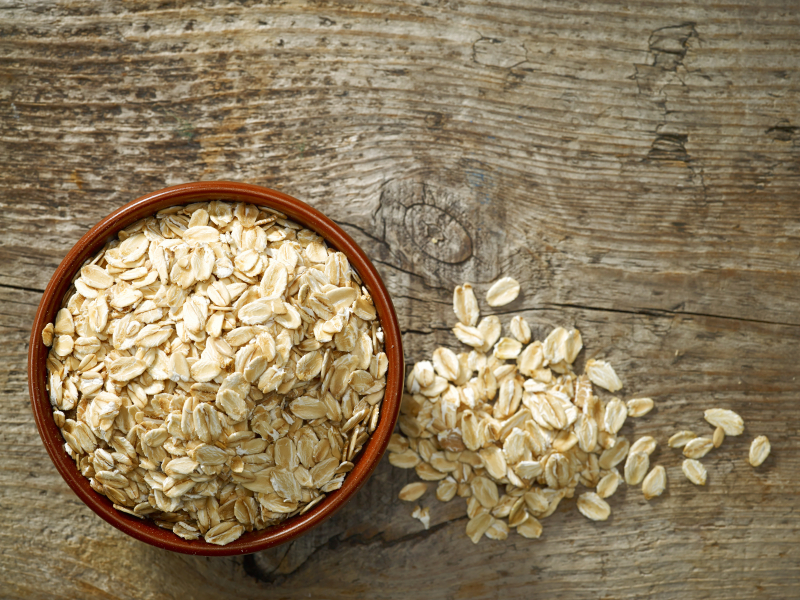
Oats are an easy grain to incorporate into your diet, as there are so many recipes that already contain them, and you should be seeking them out as a nutritious breakfast option as often as you’d like. Medical News Today explains that while oats, like other whole grains, are high in fiber, they are high in a particular fiber known as beta-glucan, and this can assist in lowering bad cholesterol.
Oats are also a great source of multiple minerals such as manganese, selenium, phosphorus, magnesium, vitamin E, and flavonoids, which have antioxidant and anti-inflammatory benefits and can help with cardiovascular health. It has also been shown that oats, oat bran, and oat flour all may reduce the risk of coronary heart disease and colorectal cancer.
4. Quinoa
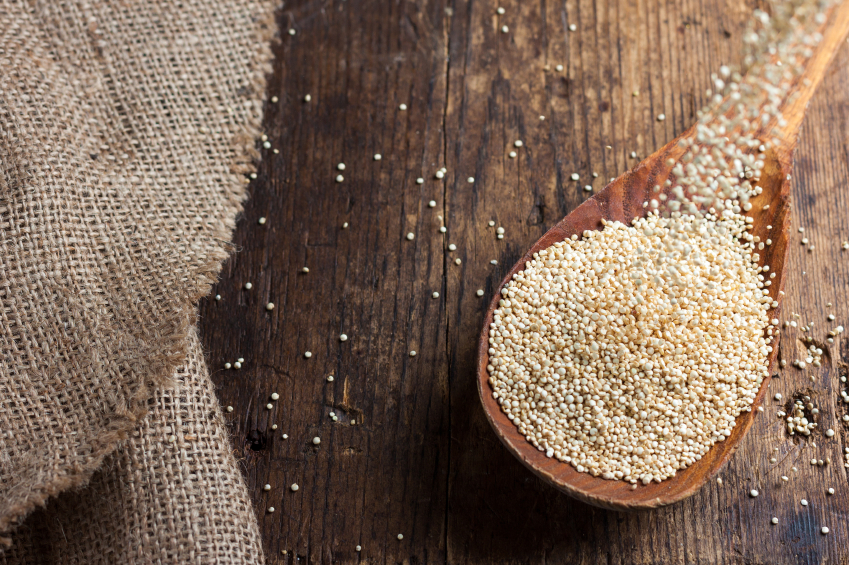
According to Forbes, quinoa is one of the most protein-rich foods you can eat, as it contains all nine essential amino acids. This makes it a perfect food to help you build your muscles, so incorporating it into your diet as a main component of your meals will help you tone up and feel fuller for longer. Quinoa also has nearly twice as much fiber as other grains, and while this is great for digestion, it’s also helpful in preventing heart disease and reducing high blood pressure. Fiber also lowers cholesterol and glucose levels, making quinoa a great option for those who are at risk for developing diabetes.

In Peru and Bolivia
This grain is also rich in iron, and this can help keep your red blood cells healthy and increase the oxygen supply to your muscles (giving you the opportunity to work harder at the gym) and to your brain. Magnesium and lysine are prevalent in quinoa as well, and these promote tissue growth and repair, and can relieve migraine symptoms.
5. Millet
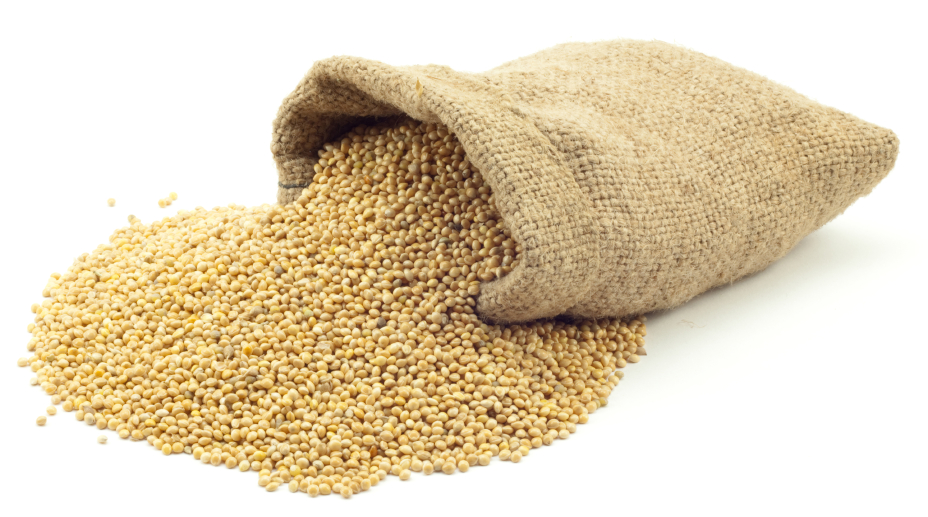
Though millet might not be on your radar as a grain you should be incorporating into your diet, you may want to reconsider — this small grain originating from India packs a punch when it comes to health benefits. Organic Facts talks about all that millet has to offer, and this includes a high magnesium content and fiber content with high levels of antioxidants.
While millet can offer better heart and digestive health like many other grains, studies have also shown that millet can significantly improve the lives of those who suffer from asthma and other respiratory health issues. This could be because millet does not carry the same components as wheat, which is a common allergen that is associated with respiratory problems — either way, if your airways are sensitive, you should consider millet over other grains. Millet is also rich in B-vitamins, calcium, iron, potassium, zinc, and magnesium, and it offers essential healthy fats.
6. Spelt
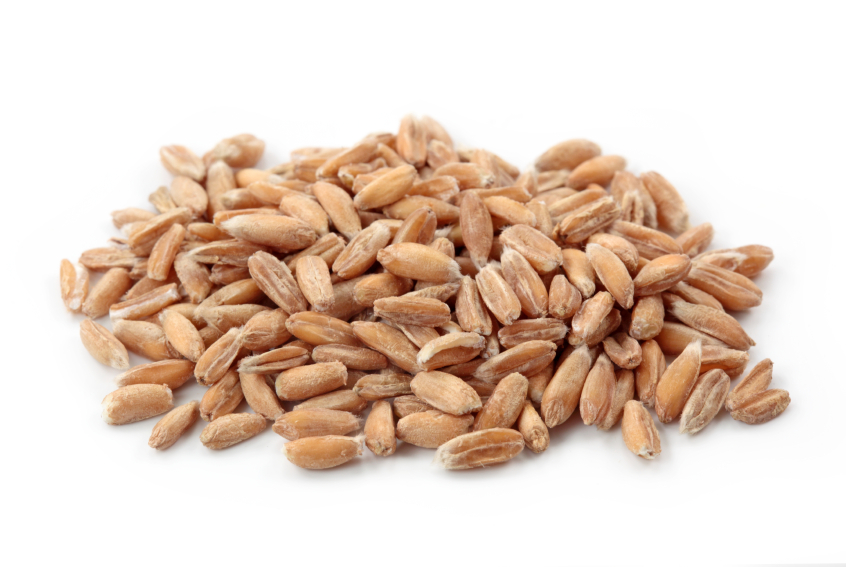
Spelt, a distant cousin of wheat, is considered an ancient grain with a rich and nutty flavor. Because of spelt’s high vitamin and mineral content, Livestrong suggests using spelt flour in place of wheat flour or white flour in baked goods for an added health boost. Spelt flour is much higher in niacin than wheat flour — while the daily recommended value for niacin is 20 milligrams, a 100-gram serving of spelt flour contains nearly 5.5 milligrams of niacin, giving you over a quarter of the amount you should be consuming daily. Niacin is great for improving circulation, lowering cholesterol, and opening up the deep blood vessels around the joints that can help with arthritis.
While spelt also contains a good amount of fiber and protein like typical wheat, Healthy Living explains how a 38-gram serving of spelt flour can give you 12% of your daily intake of zinc, which can lower your risk for neurological problems and age-related macular degeneration. There’s also a higher amount of copper, iron, magnesium, and phosphorus in spelt than other grains, and its high water solubility makes it easier to digest for those who are intolerant of wheat.
7. Bulgur
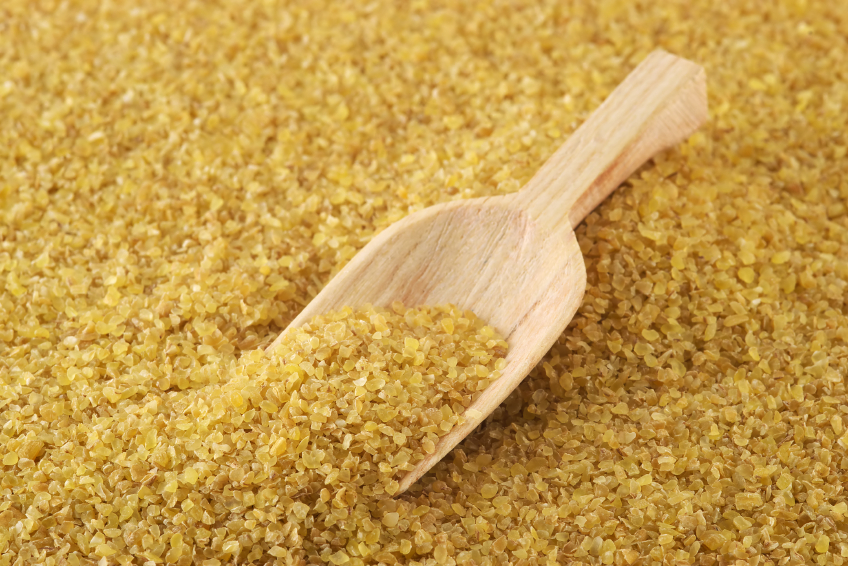
When looking at whole grains, bulgur should be among your daily mix for its low fat content, high protein content, and richness in complex carbohydrates. While bulgur also has the high fiber content as many of the other whole grains listed, it’s also great for giving the body energy because of its macronutrient profile. The Fit Indian states that bulgur’s carbohydrates are digested slowly, giving you long-lasting energy all day without the sudden “crash” that comes with foods loaded with simple carbs. Bulgur’s also great for the brain, as it improves your overall brain function and can boost memory.
Though bulgur also has a high percentage of zinc, niacin, and iron, it’s also great for its anti-inflammatory benefits. Those who regularly consume bulgur flour are relieved from inflammation, and this can protect you from various diseases such as Alzheimer’s, diabetes, osteoporosis, and heart disease.
8. Barley
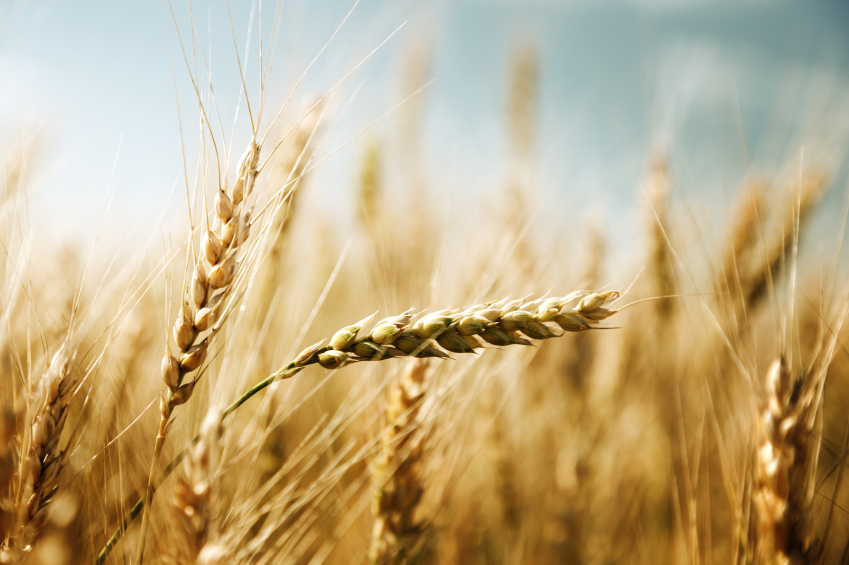
Barley may be one of the oldest grains on the planet, and the reasons its still eaten today are a testament to its long-term consumption and health benefits. According to Life Extension, barley contains beta-glucan, a sugar found in its cell walls and a fiber that your body can’t digest. The consumption of beta-glucan slows down the rate at which food moves through your digestive tract, and this helps to tame your insulin response and keep your blood sugars from spiking after a hearty meal. Beta-glucans have been used to treat high cholesterol, diabetes, cancer, and chronic fatigue.
Barley is also full of lignans, and these are phytonutrient compounds that have been shown to ward away prostate and colon cancer. Studies show that men with the highest levels of enterolactone, a substance that the lignans metabolize into by bacteria in the colon, are 82% less likely to develop prostate cancer. Though oats have similar nutritional benefits as barley, barley is both lower in fat and calories and higher in dietary fiber, making it an arguably even better dietary choice.
9. Teff
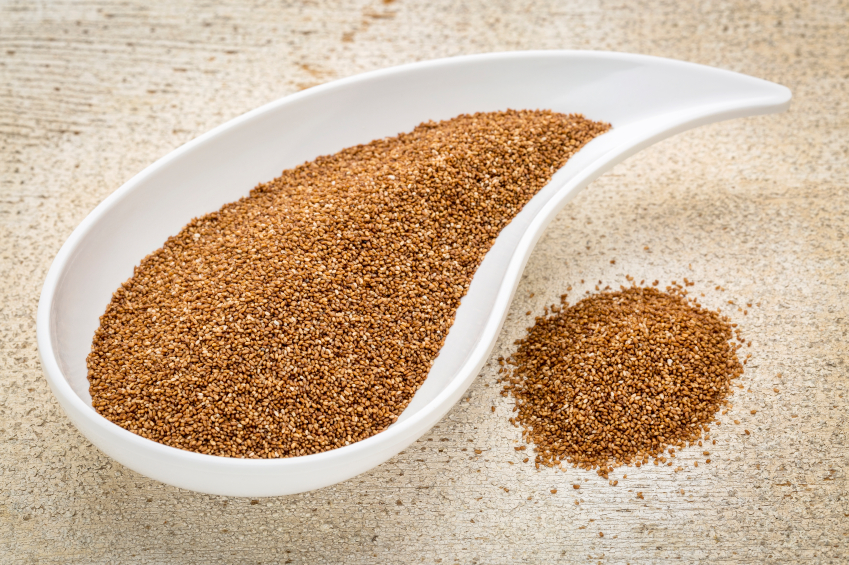
Though teff is tiny in size, it packs a lot of valuable benefits. This grain’s name may be new to you, as it’s originally from Ethiopia and used to make sourdough flatbread, but according to Huffington Post, many are hailing it as the new quinoa because of its tasty flavor and highly nutritious content. Teff is gluten-free and high in fiber and protein, and it boasts eight essential amino acids. It’s also incredibly high in calcium (there’s about double the amount of calcium in teff compared to spinach), and it contains manganese, copper, iron, and a good amount of vitamin C.
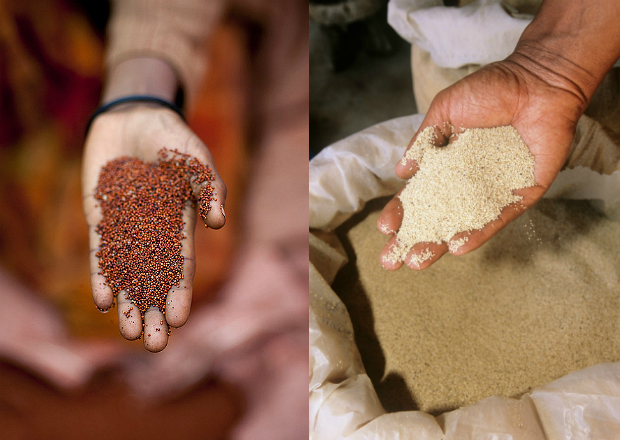
Like many of the other grains on this list, teff is beneficial for those aiming to lower inflammation in the body and keep blood sugars in check, as it has a low glycemic index and won’t cause blood sugars to spike after eating. Though you may be unsure of how to prepare teff, it’s incredible versatile in the ways that it can be prepared — you can steam, boil, or bake this grain and serve it as a side dish just like you would with quinoa or brown rice. If you don’t feel like preparing it yourself, check for premade granola bars and bread mixes containing teff in your local grocery store.
10. Sorghum
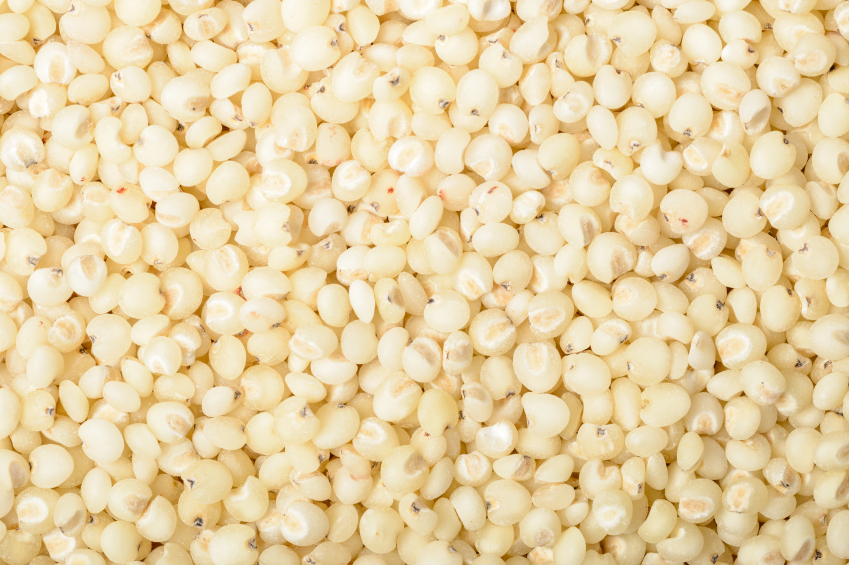
Sorghum may be another grain that you’re unfamiliar with, but fear not — though other grains like wheat and rice are more popular in the States and Western Europe, the sorghum grain is quite popular in the tropics and southern hemisphere. Healthy Eating discusses sorghum’s benefits by first stating that it’s gluten-free and containing nearly half of your daily recommended intake of both complex carbohydrates and fiber. It’s also rich in thiamin, niacin, potassium, iron, and phosphorus.
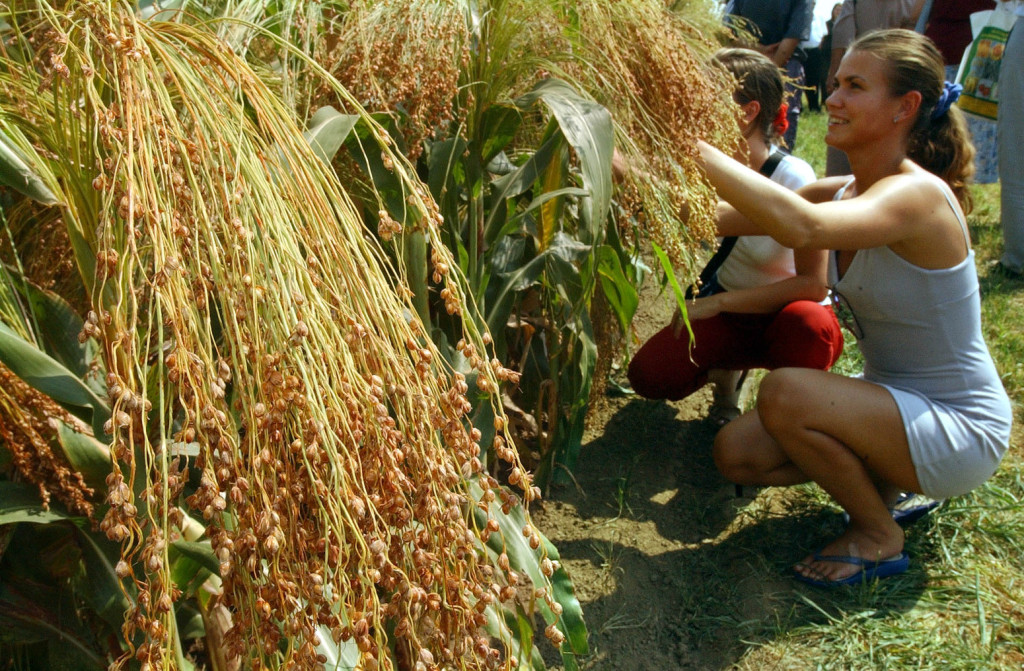
Sorghum varies greatly in appearance — it comes in colors ranging from red to white to black, and the bran layers of the more pigmented sorghum varieties contains antioxidants that can help ward away esophageal cancer. It’s also good for the metabolism because of its high magnesium and copper content — both of these minerals help your cells create energy that you can use, and the niacin that’s in the sorghum grain assists in metabolizing nutrients into energy as well. Because of sorghum’s mild flavor, consider using it instead of wheat or white flour for baked goods (or even gluten-free baking) for a healthier alternative to your favorite treats.
Source: CheatSheat

